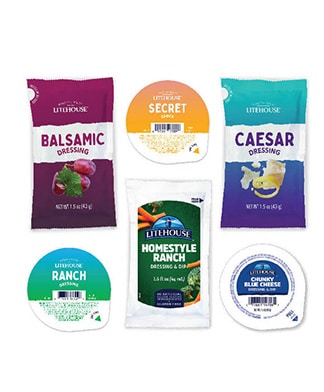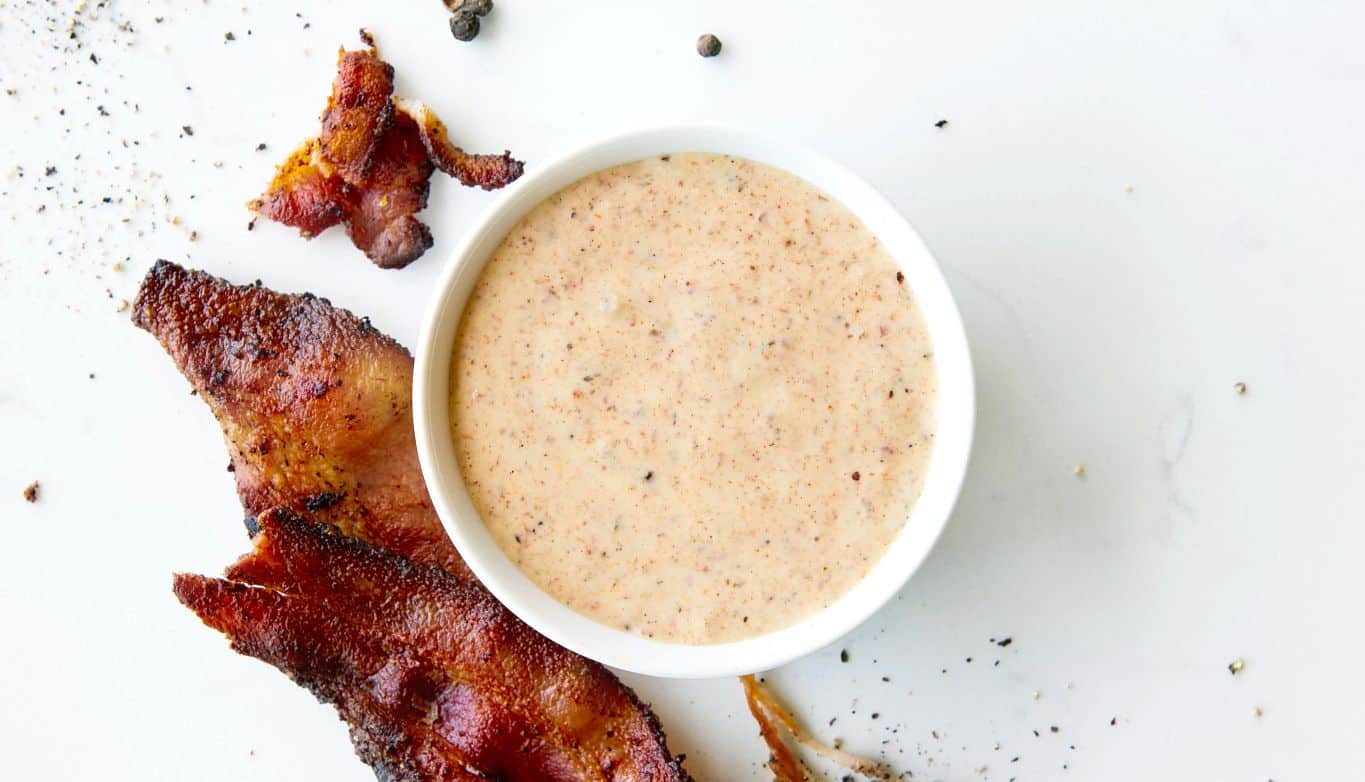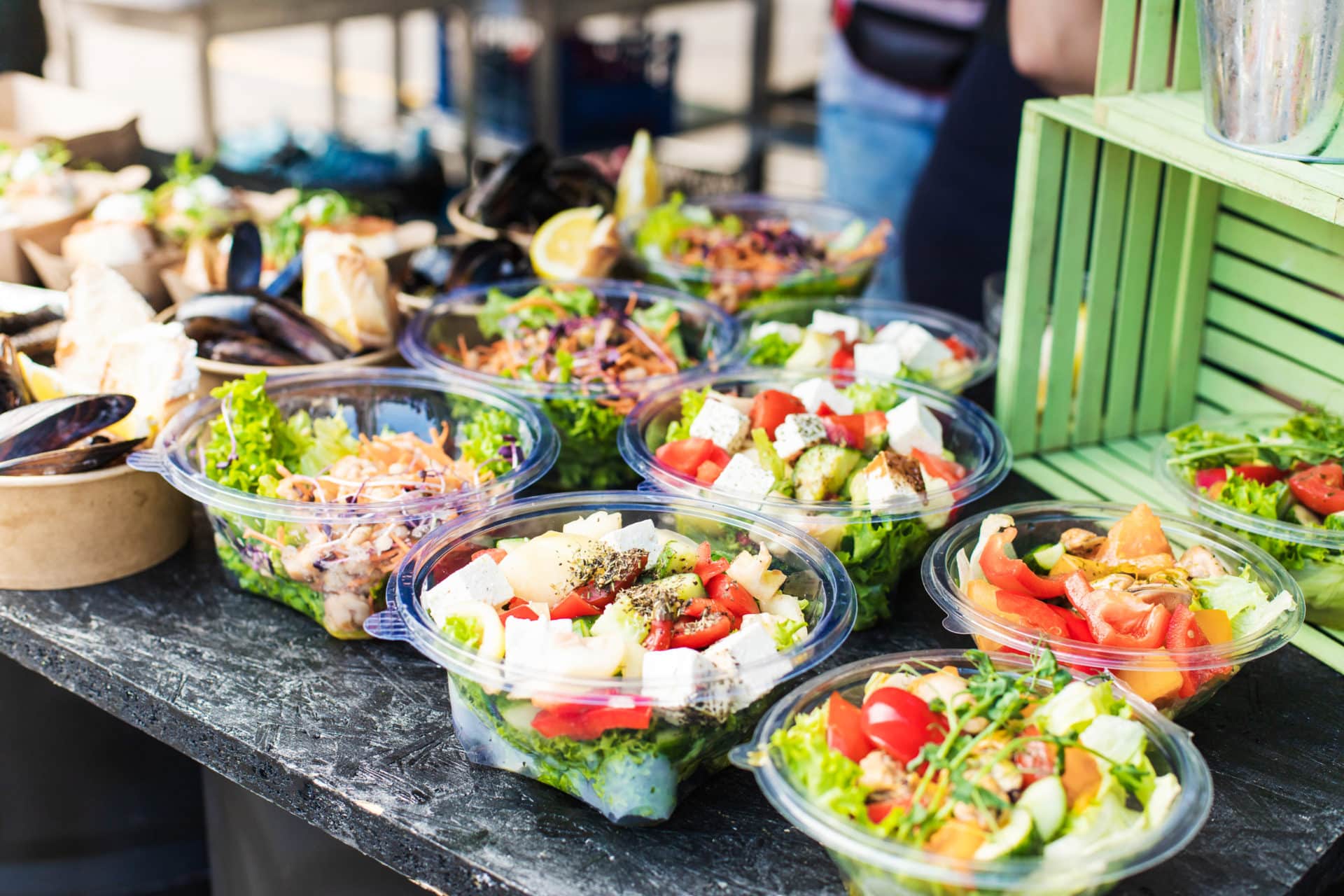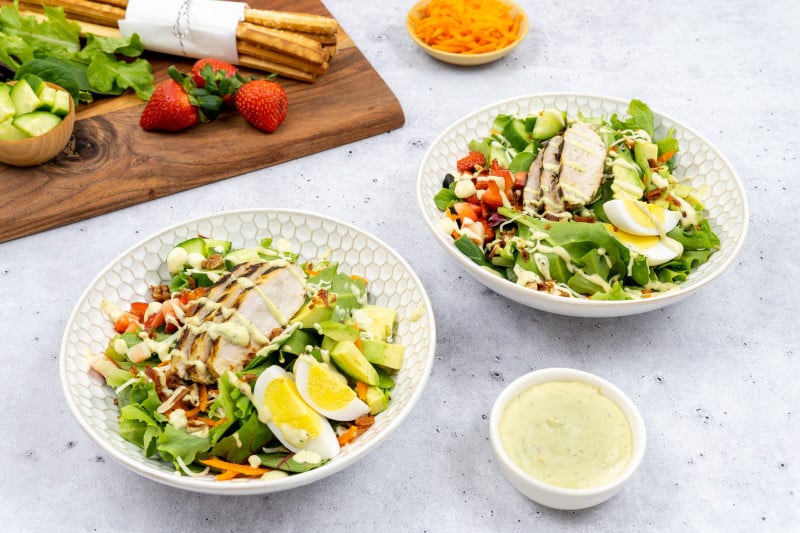In the age of off-premises dining, restaurants need to develop salads that can go the distance.
A colorful salad tossed in a flavorful dressing and topped with some crunchy bits can be a satisfying meal when served at a restaurant. But take that same salad, stuff it into a plastic to-go container and ship it across town by car or on the back of a bicycle, and the result is likely to be an unappetizing jumble of limp lettuce.
With the majority of restaurant traffic continuing to occur outside of dining rooms, according to the latest research from Datassential, operators need to reimagine how they prepare and package take-out and delivery meals—especially entrée salads.
Ingredients that Go
Just about any food—from fresh greens and pickled vegetables to hearty proteins and warm grains—is fair game in a salad these days. However, not every ingredient travels well. Here are some things to consider when building salads for take-out and delivery:
- Choose robust lettuce. Romaine, a top green among consumers, is sturdy enough to travel. Other greens that are popular and hold up well include spinach and iceberg. Save more tender greens, such as mesclun, Little Gem or Bibb, for dine-in dishes.
- Cut to order. Versatile avocado and crunchy apple are among the top fresh fruits many consumers enjoy in entrée salads, but both tend to brown quickly once exposed to oxygen. To prevent browning, cut avocado and apple one at a time as needed.
- Separate the crunchy bits. Croutons, tortilla chips, wanton strips, nuts and seeds are among the crispy salad toppings popular with consumers. To avoid losing the crunch, send these items on the side.
- Consider composed salads. Offer such selections such as a Mexican Street Corn Chopped Salad with tangy, smoky, and spicy grilled corn tossed in Jalapeno Ranch dressing that can be prepared in advance and hold up well over time.
- Dress to impress. Classic dressings remain popular, but many consumers are interested in tossing their salad with bolder flavor combinations, such as jalapeño ranch or Avocado Cilnatro Ranch. Whatever the dressing, prevent salad sogginess by packaging it on the side.
Perfect Packaging
It may not be possible to deliver salads looking the same way they’re plated on premises, but the right take-out packaging can ensure the integrity of the dish and create a memorable experience.
It all starts with finding a container that fits. If the container is too large, the salad will slosh around. If it’s too small, ingredients will get smashed.
For salads that contain ingredients such as cooked grains or proteins that are intended to be consumed warm, it’s also important to choose packaging that helps retain moisture and temperature. Hot foods that are not packaged correctly release condensation into containers, making for soggy salads.
Rather than tossing ingredients together before packaging, some operators arrange them artfully on top of the lettuce in quadrants, and then put dressing in separate containers on the side. In fact, pleasing presentation is one of the most important attributes of an entrée salad for U.S. consumers.






